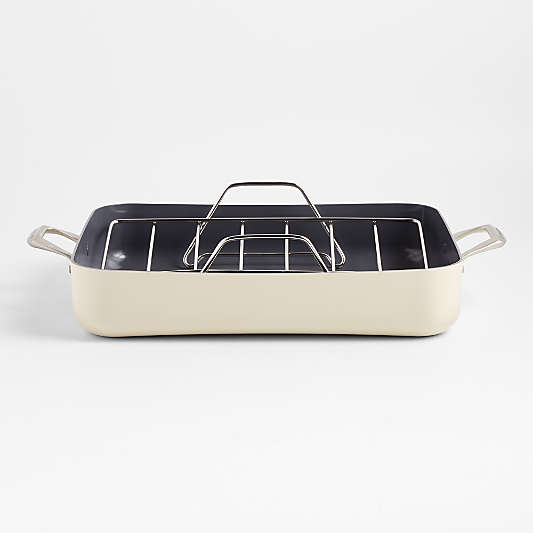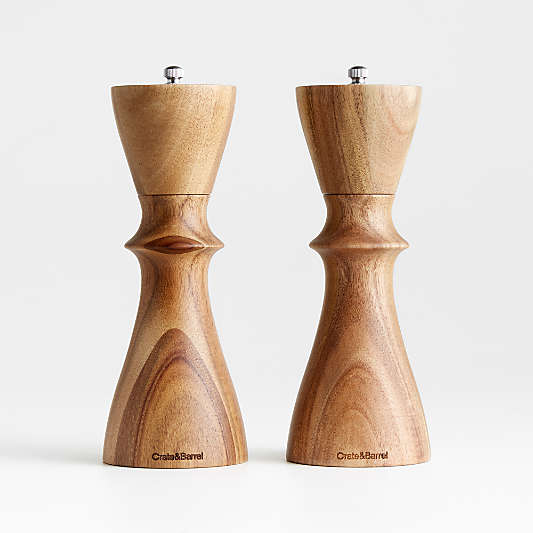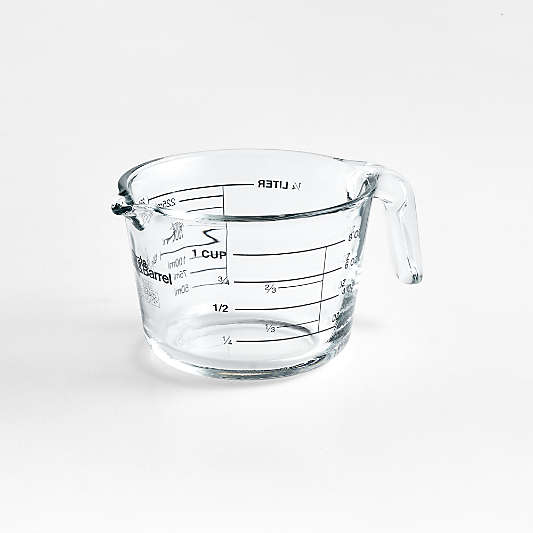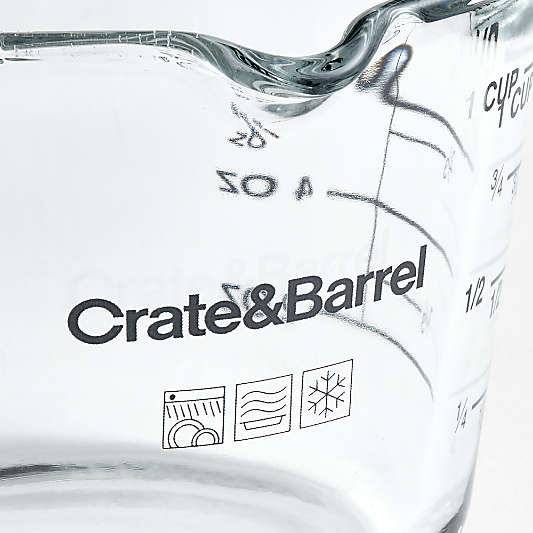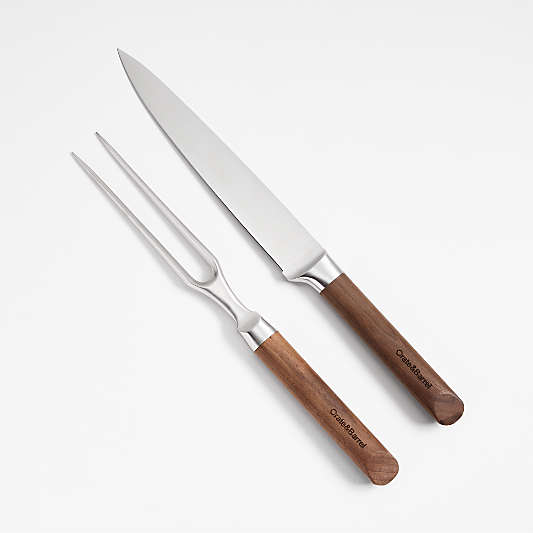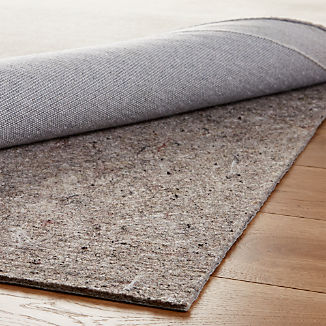Rosemary-Crusted Prime Rib Recipe
by: Kate McMillan
Cook Time
1 hours 30 minutes
Prep Time
5 minutes
Yield
Serves 8-10

Total Time
1 hours 30 minutes
Prep Time
5 minutes
Yield
Serves 8-10
summary
This rosemary-crusted prime rib roast makes for an impressive main course that's surprisingly easy to prepare. A favorite during the holidays, this savory meat dish coats a prime rib roast, also known as standing rib roast, with a mix of Dijon, garlic and fresh rosemary leaves that bakes hands-off in the oven, developing a delicious crust. For best results, make sure to leave the roast at room temperature for 2 hours before cooking. Start at a high temperature to get a nice dark crust, and reduce the temperature for a slow-cooked finish.
ingredients
- 1 3-rib, bone-in, prime rib (about 6 to 7 pounds)
- Kosher salt and freshly ground black pepper
- ¼ cup Dijon mustard
- ½ cup fresh rosemary leaves (about 6 large rosemary sprigs)
- 4 cloves garlic
directions
- Remove the prime rib from the refrigerator and season all over with generous amounts of salt and pepper. Let sit at room temperature for 2 hours.
- Preheat the oven to 450°F.
- Place the prime rib in a roasting pan fitted with a wire rack, bone side down. Brush the top of the meat with Dijon mustard. On a cutting board, pile the rosemary and garlic together and sprinkle with ½ teaspoon of salt. Chop together until finely chopped. Cover the Dijon with the rosemary-garlic mixture. Transfer the pan to the bottom ⅓ of the oven and roast for 20 minutes.
- Reduce oven temperature to 350°F and continue to cook until an instant-read thermometer reads 125°F for rare, about 1 hour and 40 minutes more. Transfer the meat to a cutting board, tent with aluminum foil and allow to rest for 20 minutes. Carve and serve.
notes
Leaving the seasoned roast at room temperature for a good 2 hours prior to roasting helps to tenderize and flavor the meat as well as ensure even cooking.
It is imperative to let the meat rest after roasting. This allows time for the juices to redistribute.
A good meat thermometer is important for good results as cooking times will vary based on the size of the meat and individual oven temperature.
This roast is perfect as is, but it is also delicious served with a mustard or horseradish sauce.
Leftover prime rib makes for an amazing sandwich the next day. Try slices on a baguette with mayonnaise, Dijon, arugula and beefsteak tomatoes.
The easiest way to carve a prime rib with bones is to carefully run a knife along the backside of the roast to cut away the bones. Then you can cut the meat into thin slices.

